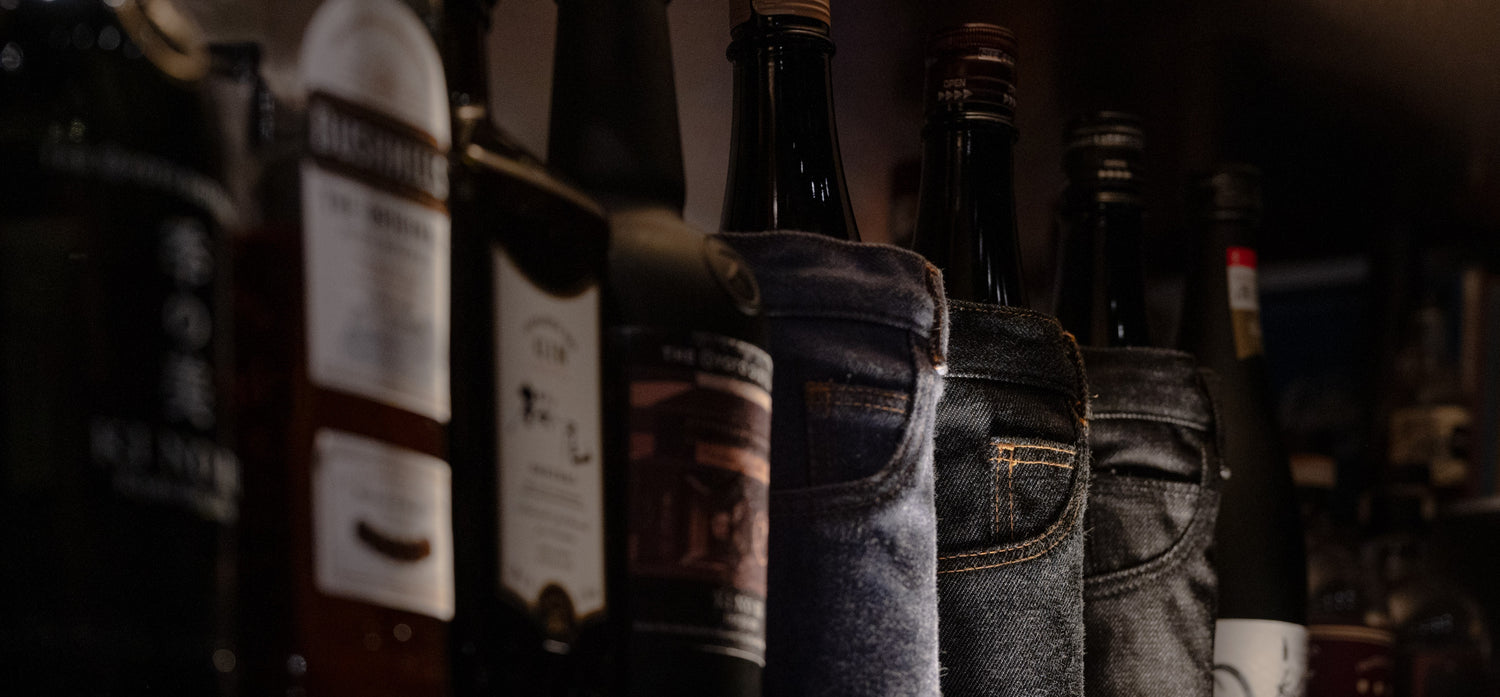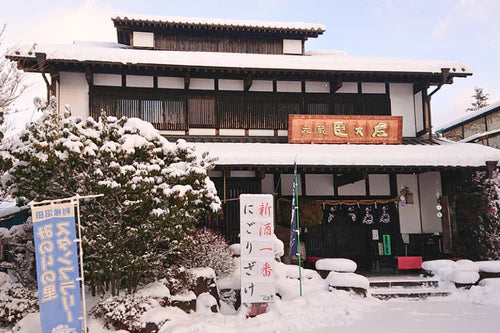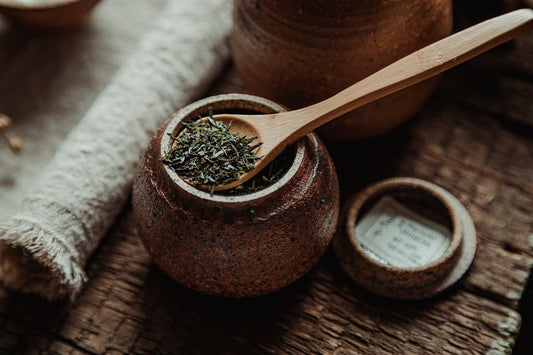Welcome back to the Sakura Town Sake Store Blog!
Today, we would like to explain the process steps of sake brewing, which we have not explained in detail until now.
In a previous blog post We explained the specific names of sake like Daiginjo, Junmai Ginjo, Junmai and etc...
If you haven't seen it yet, please check it out here!!
As we talked about in an previous blog. The name of sake is determined by the rice polishing ratio and whether or not distilled alcohol is added to the sake.
And the higher this polishing ratio is, the more expensive the sake is sold.
This is because during the polishing process, the rice to be processed heats up and crushed rice may be produced.
*Crushed rice is rice that has been broken during the polishing process and cannot be used in subsequent processes.
Therefore, it is a difficult process that requires a lot of time to control the temperature rise, especially when polishing rice with a high polishing ratio.
Rice Washing
In the rice washing process, rice is washed by hand or with a rice washer.
In the case of manual washing, the rice is divided into 10 to 15 kg bags of polished rice, and each bag is washed by hand to remove bran from the surface of the rice.
Steaming Rice
After soaking, the next step is steaming.
The raw starch contained in rice is not easily decomposed into glucose, which is involved in fermentation, so by steaming (applying heat), it is converted into alpha starch, which is easily decomposed. (easily acted upon by koji enzymes) (It is also sterilized at the same time.)
Cooling
The steamed rice is then "cooling process" to the optimum brewing temperature during brewing. This is done to remove moisture from the surface of the rice and to obtain steamed rice with the best hardness and softness for koji making.
Therefore, care must be taken not to lower the temperature too much.
This is as far as we will explain today.
There are many processes involved in the making of sake, and we feel the uncompromising dedication of the sake breweries to each and every one of these processes.
Nowadays, there are many products in the market that can be mass-produced by relying on machines and have a stable taste.
Therefore, don't you want to dare to choose products that are handmade by people and that you can feel the love with which they are made?
We hope you will experience the depth of flavor that cannot be reached by machines from the sakes sold at the Sakura Town Sake Store.
See you in the next blog!





